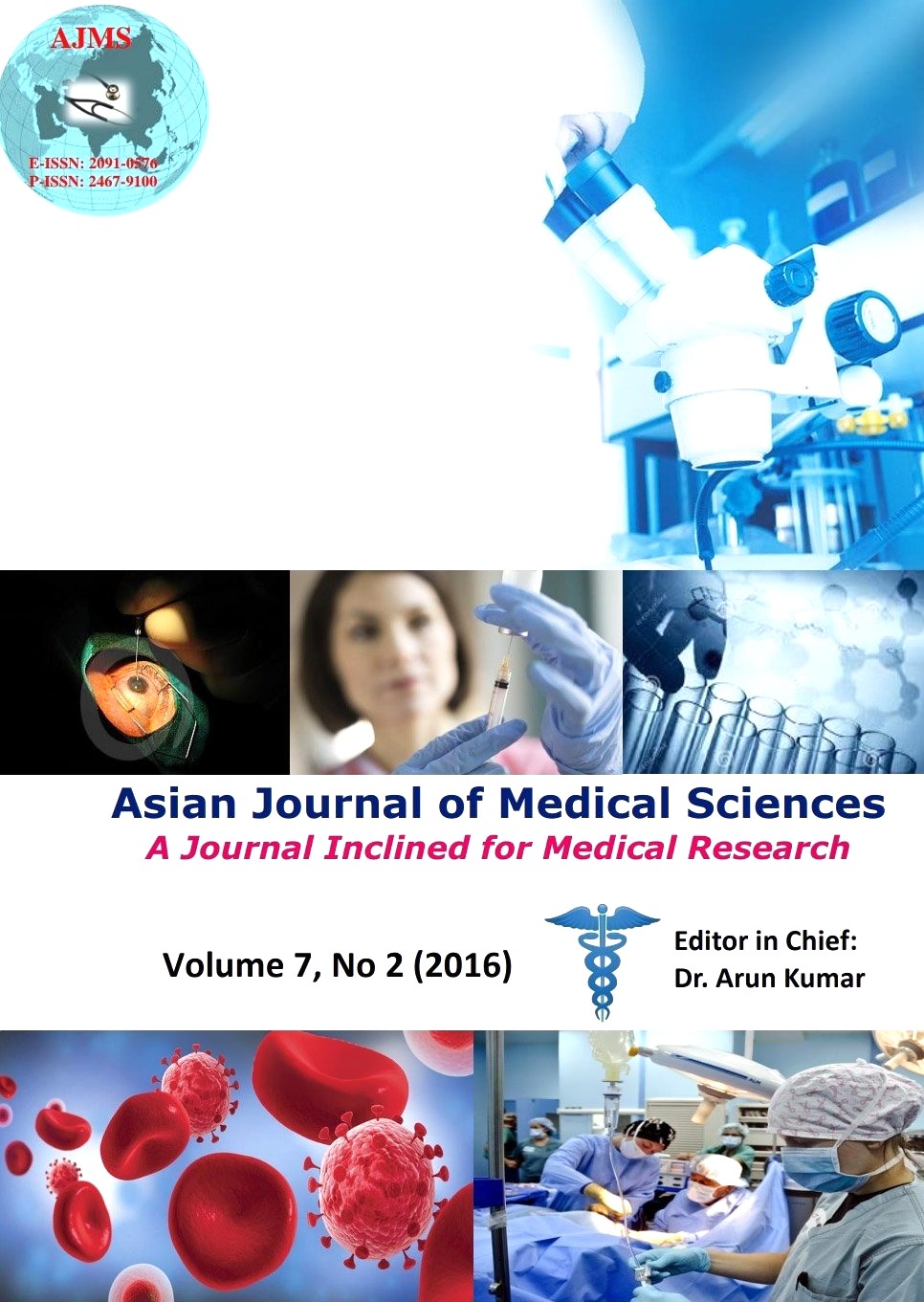A study of angiographic severity in patients with coronary artery disease and hyperuricemia
Keywords:
Hyperuricemia, Angiographic Severity, Gensini Score, Coronary Artery Disease (CAD).Abstract
Backgrounds: Hyperuricemia has not yet been established as cardiovascular risk factor. We aimed to study the angiographic severity in patients with coronary artery disease (CAD) and hyperuricemia.
Materials and Methods: In this observational cross-sectional study we measured serum uric acid level in 82 patients of CAD who underwent coronary angiography in catheterisation laboratory of our Institution. Severity of CAD was determined on the basis of Gensini score, number of diseased vessels, critical lesions and total occlusions.
Results: The prevalence of hyperuricemia in patients with CAD was 42.68% in our study. Hyperuricemia was associated with higher Gensini score (33.33±10.64 vs. 22.90±6.75, p value <0.001), number of critical lesions (1.03±0.84 vs. 0.63±0.72, p value 0.031), total occlusions (0.67±0.47 vs. 0.37±0.48, p value 0.007) and dyslipidemia (63.6% vs. 30.6%, p value 0.003) more frequently compared to normouricemic patients. And also the higher serum uric acid level was correlated with higher Gensini score (beta 0.418, t 4.430, p value <0.001, 95% CI 0.036 and 0.094) and frequent number of total occlusion (beta 0.338, t 3.589, p value 0.001, 95% CI 0.462 and 1.613).
Conclusion: Hyperuricemia was associated with higher Gensini score, frequent total occlusions and critical lesions in patients with Coronary Artery Disease compared to patients with normal uric acid level and also it was significantly correlated with higher Gensini score and frequent total occlusions.
Asian Journal of Medical Sciences Vol.7(2) 2015 1-4
Downloads
Downloads
Published
How to Cite
Issue
Section
License
Authors who publish with this journal agree to the following terms:
- The journal holds copyright and publishes the work under a Creative Commons CC-BY-NC license that permits use, distribution and reprduction in any medium, provided the original work is properly cited and is not used for commercial purposes. The journal should be recognised as the original publisher of this work.
- Authors are able to enter into separate, additional contractual arrangements for the non-exclusive distribution of the journal's published version of the work (e.g., post it to an institutional repository or publish it in a book), with an acknowledgement of its initial publication in this journal.
- Authors are permitted and encouraged to post their work online (e.g., in institutional repositories or on their website) prior to and during the submission process, as it can lead to productive exchanges, as well as earlier and greater citation of published work (See The Effect of Open Access).




